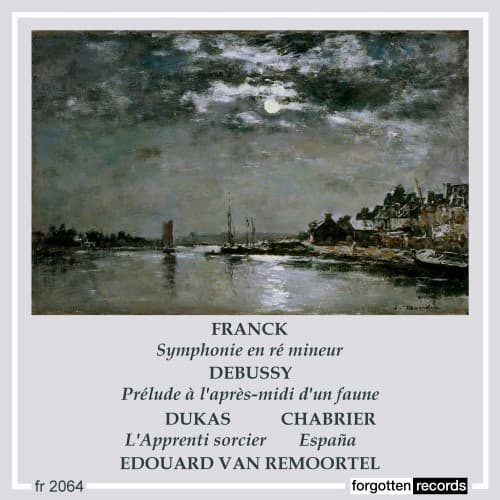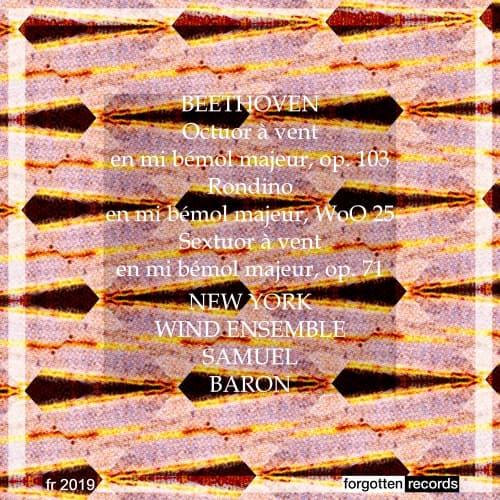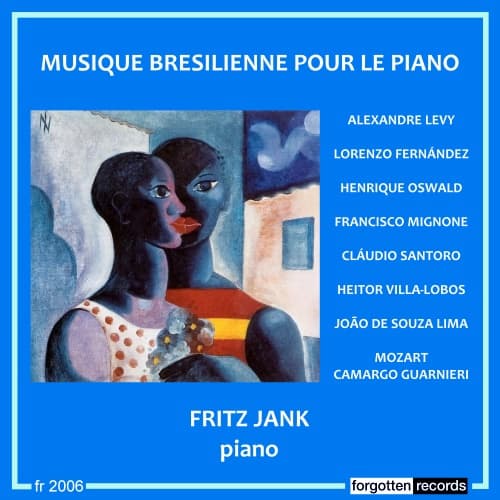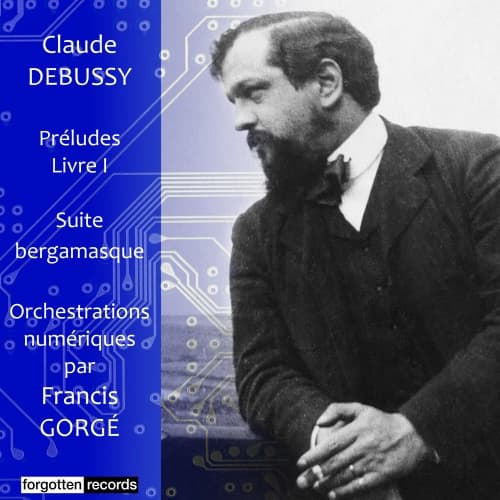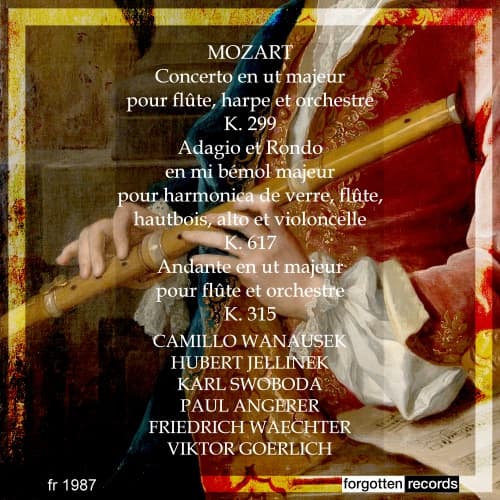Debussy hated being called an impressionist composer. Impressionism in painting had been given its name based on the title of a Monet picture, Impression, soleil levant (Impression: Sunrise), the painters preferred to regard themselves as realists, showing the world in
Forgotten records
Beethoven left his home city of Bonn in 1792 for Vienna, where he stayed for the rest of his life. This was his second attempt at Vienna – he had been sent there by his patron in 1787 where he
Mendelssohn had the consummate skill to bring a landscape to life, whether it was the wilds of the Scottish Isles in his Symphony No. 3, or the warmth of Italy in his Symphony No. 4. Mendelssohn began writing his Italian
The lure of South America in the late 19th- and early 20th-century resulted in the South American craze in France starting in the 1910s. Brazilian dancers and orchestras travelled to Europe and Europeans travelled back. French composers such as Darius
We interviewed digital performer and arranger Francis Gorgé in February 2022 and now look at this recording as our Music of the Week. In Debussy’s Préludes, Book I, the second piece has the title Voiles, which can be translated as
Before Schubert, works for piano four-hands were associated with music for amateurs to be played at home. Music that was too much for one player was easier with more hands helping. The work’s title, Fantasie, although given in French, has
We now think that the Glass Harmonica is simply an instrument with an otherworldly tone, but at its heyday in the late 17th century, it was an instrument that some thought could drive you mad. Musical Glasses, or glasses filled
Franz Schubert was in dire straits in the mid-1820s. He was very ill and this seems to have crept into his music. His String Quartet No. 14 in D minor was called ‘the most morose instrumental work’ in the Viennese

